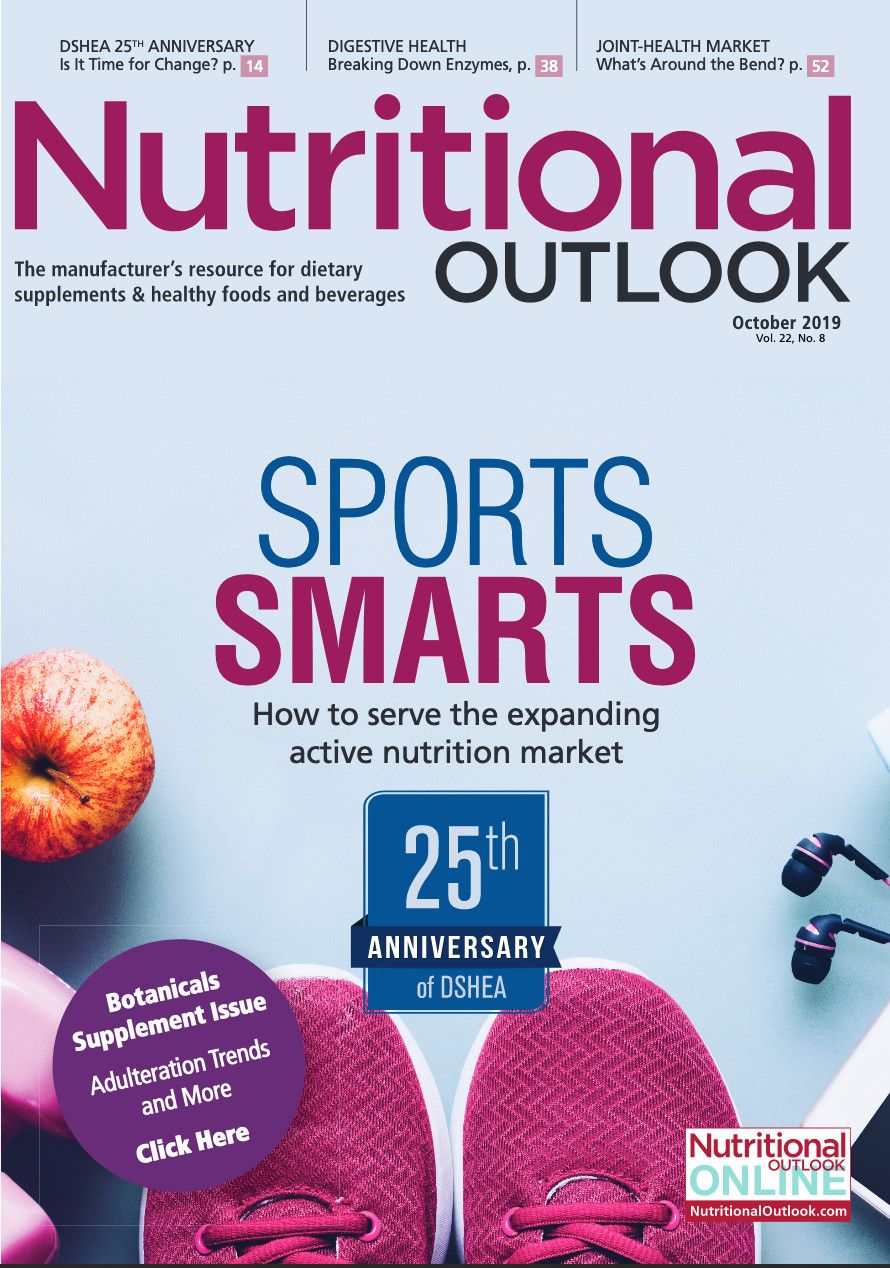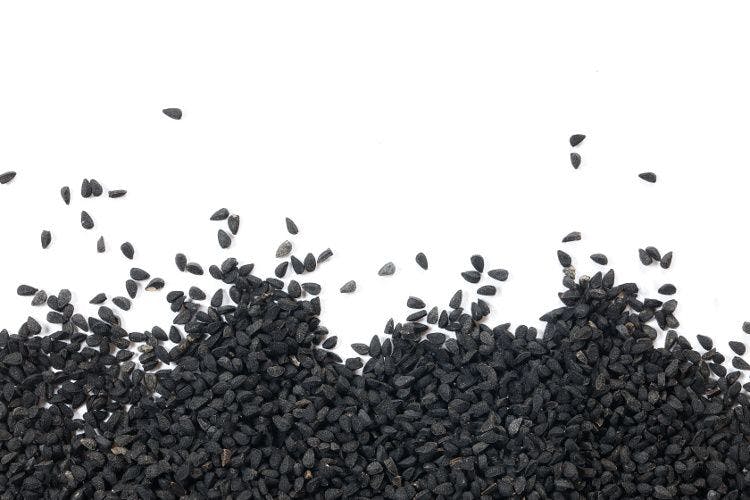Snack aisle: Allergen-free, gluten-free snacks are huge
As more consumers turn to snacking to fill the ever-increasing gap between meals, or even as meal replacements altogether, manufacturers must ensure they are able to serve a larger snacking audience with products that cater to a broader range of food sensitivities.
Photo © AdobeStock.com/bit24

There was a time when a snack wasn’t considered the most important meal of the day. But these days, snacking means much more. “Snacking occasions have increased throughout the day as folks continue to lead a more mobile, on-the-go lifestyle,” says Jack Acree, executive vice president of Saffron Road. As more consumers turn to snacking to fill the ever-increasing gap between meals, or even as meal replacements altogether, manufacturers must ensure they are able to serve a larger snacking audience with products that cater to a broader range of food sensitivities.
Allergen Free
Making certain consumers have access to healthy, allergen-free snacks is important. According to Foodallergy.org, 32 million Americans have food allergies, 1 in 13 of whom are children. Accounting for 90% of food allergies are milk, eggs, fish, shellfish, peanuts, tree nuts, wheat, and soybeans. SPINS (Chicago, IL) reports that sales of allergy-friendly foods grew 20.4% year over year in the 52 weeks ending January 17, 2019. That’s $228.5 million in sales. Within the allergen-friendly space, the cookies and snack bars category grew 22% to $44 million.
Brands like That’s It, which manufactures snack bars made entirely of fruits, are capitalizing on the demand for allergen-friendly snack foods while also fulfilling a desire across the entire marketplace for cleaner products with as few ingredients as possible. Other brands like Saffron Road, while not producing solely allergen-friendly foods, are providing consumers the tools they need to determine which products they can eat. Saffron does this through an allergen search feature on its website.
“We get a good amount of communication from customers asking questions-some very specific-as they might be allergic to certain spices, and we wanted to make a feature that was as consumer-friendly as possible. [In] this information age we’re in, we have the information and can make it easily available to our consumers,” says Acree. “Another key component of what we try to do as a company is to be transparent. While a vast majority of our items are gluten free, we want people to understand that not everything is gluten free because we don’t want them to buy a Saffron Road product by mistake” thinking that it automatically is.
Gluten Free
The gluten-free category remains important, though it has matured a great deal since it boomed in 2012. “I think there was a gluten-free bubble where folks were buying gluten free solely because of the fact the product said it was gluten free, and they had it in their mind that it was healthier. For the most part, I believe those days are over,” says Acree.
Consumer awareness around gluten free has also matured, with more people nowadays identifying whether or not “they have something as serious as celiac disease or very specific levels of gluten intolerance,” Acree adds. Consumers who do not suffer from celiac disease, which affects only about 1% of the population, are finding that they may in fact be gluten and wheat intolerant and that even though they won’t get sick from eating gluten, they can avoid gluten through elimination diets and feel better not having it in their diet.
Categories like gluten free are evolving and now overlapping with other popular categories such as paleo, which is a diet that has nothing to do with intolerance but instead the perceived healthiness of particular foods. According to a SPINS 2019 “State of the Industry” report, paleo and grain-free food and beverages are showing the fastest growth in conventional retail. Paleo-positioned foods grew 48.8% to $294 million in conventional retail sales compared to the previous year, and grain free grew 81.5% to $139.4 million in conventional retail sales compared to the previous year. The biggest impact was in the chips, pretzels, and snacks category, where paleo-positioned products grew 163.5% to $41.1 million in sales and grain-free snack sales grew 258.3% to $29.7 million.


.png&w=3840&q=75)

.png&w=3840&q=75)



.png&w=3840&q=75)



.png&w=3840&q=75)






















